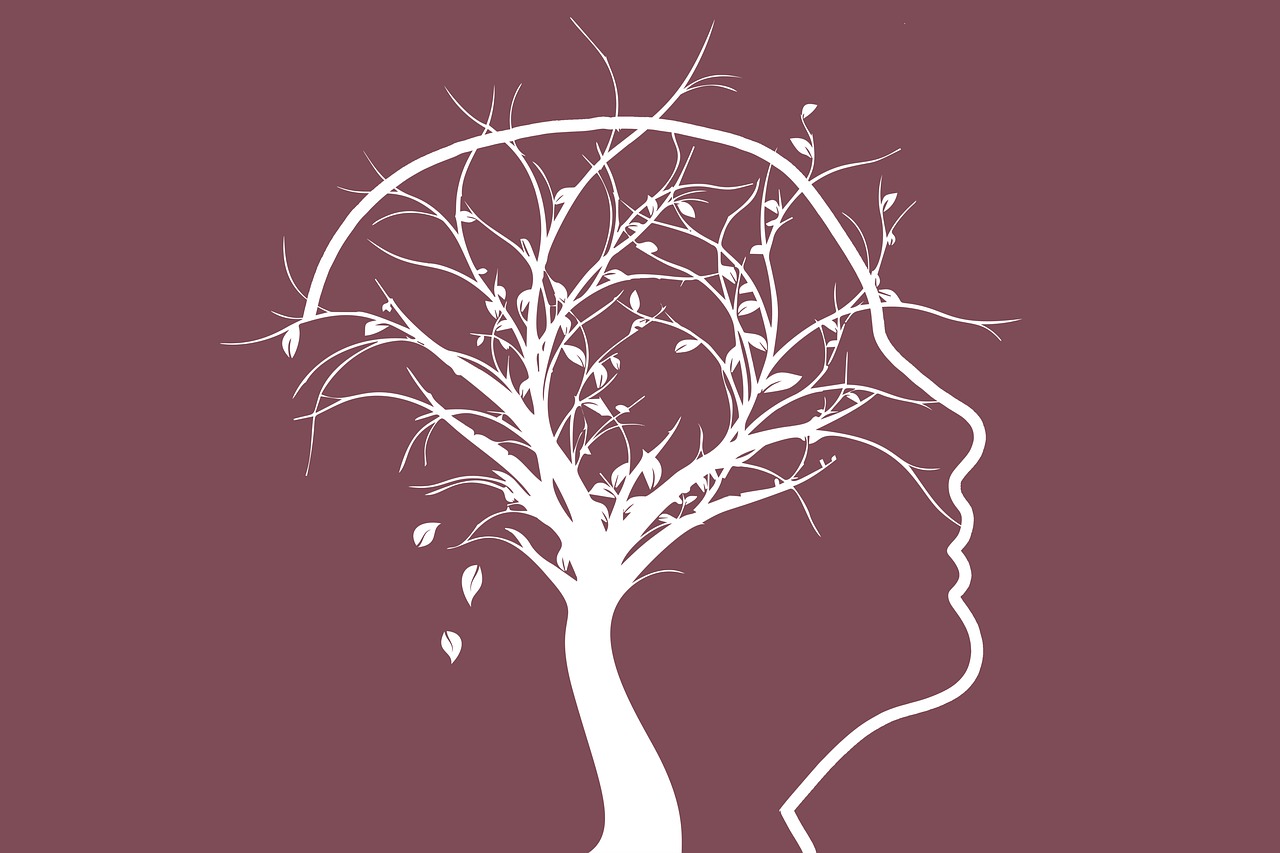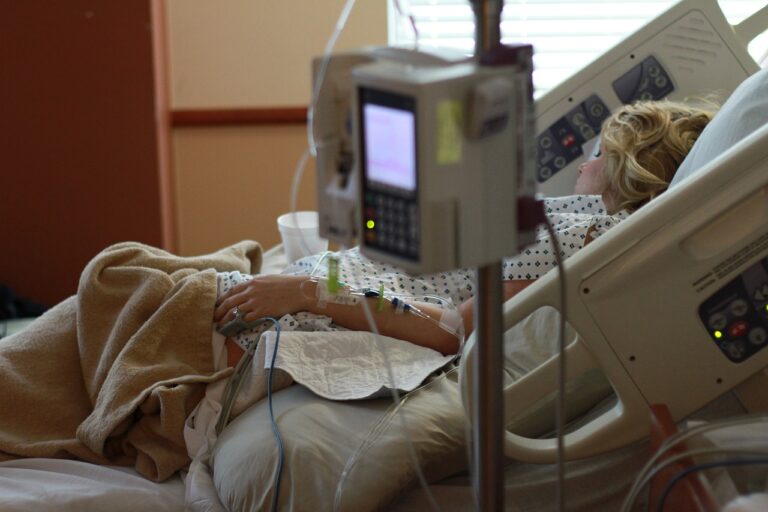The Potential of Photobiomodulation Therapy for Traumatic Brain Injury Recovery: Light-Based Healing
Traumatic Brain Injuries (TBIs) are caused by a sudden impact to the head, leading to disruption in normal brain function. These injuries can range from mild concussions to severe cases resulting in long-term cognitive or physical impairments. Symptoms of TBIs can include headaches, dizziness, confusion, memory problems, and changes in mood or behavior. Each year, millions of people worldwide suffer from TBIs, making it a significant public health concern.
TBIs can result from various incidents such as falls, car accidents, sports injuries, or violent assaults. The impact on the brain can cause bruising, swelling, or tearing of brain tissue, affecting different regions of the brain depending on the nature and severity of the injury. Prompt medical attention is crucial in managing TBIs to prevent further damage and improve outcomes for individuals affected by these injuries.
Understanding Photobiomodulation Therapy
Photobiomodulation therapy, also known as light therapy, is a non-invasive treatment that utilizes specific wavelengths of light to target affected areas of the brain. This therapy works by stimulating cellular function and promoting tissue repair, ultimately aiding in the healing process of traumatic brain injuries. The light emitted during photobiomodulation therapy is absorbed by the mitochondria within the cells, leading to an increase in ATP production and improved metabolic activity, which in turn enhances overall cellular function and promotes neuroprotective effects.
Research has shown that photobiomodulation therapy can help reduce inflammation, oxidative stress, and edema in the brain following a traumatic injury. By enhancing blood flow and reducing neuronal degeneration, this therapy has the potential to improve cognitive function, decrease pain levels, and accelerate the recovery process for individuals with brain injuries. Additionally, the non-thermal and non-invasive nature of light therapy makes it a safe and effective treatment option with minimal side effects, offering hope for individuals seeking alternative approaches to conventional brain injury treatments.
How Light Therapy Works on Brain Injuries
Photobiomodulation therapy, also known as light therapy, is a non-invasive treatment that utilizes specific wavelengths of light to stimulate cellular repair and regeneration in the brain. When applied to areas of the brain affected by injury, the light energy penetrates the tissue and triggers a series of biochemical reactions that help to reduce inflammation, improve blood flow, and promote healing.
The mechanism of action of light therapy on brain injuries is based on its ability to enhance energy production within cells, particularly in neurons. By increasing the production of adenosine triphosphate (ATP), the essential molecule for cellular function, light therapy supports the repair and recovery processes in the damaged brain tissue. Additionally, the stimulation of mitochondrial activity by light therapy plays a crucial role in boosting neuronal resilience and protecting against further damage.
• Light therapy utilizes specific wavelengths of light to stimulate cellular repair and regeneration in the brain.
• The energy from light penetrates the tissue, triggering biochemical reactions that reduce inflammation, improve blood flow, and promote healing.
• Light therapy enhances energy production within cells, especially neurons, by increasing ATP production.
• Stimulation of mitochondrial activity by light therapy boosts neuronal resilience and protects against further damage in the brain.
What is a traumatic brain injury?
A traumatic brain injury (TBI) is a disruption in the normal function of the brain that can be caused by a bump, blow, or jolt to the head.
What is photobiomodulation therapy?
Photobiomodulation therapy, also known as light therapy, is a non-invasive treatment that uses light to stimulate healing and reduce inflammation in the body.
How does light therapy work on brain injuries?
Light therapy works on brain injuries by increasing blood flow and oxygenation to the damaged areas of the brain, promoting healing and reducing symptoms such as headaches and cognitive impairment.
Is light therapy safe for treating brain injuries?
Light therapy is considered a safe and effective treatment for brain injuries, with minimal side effects when administered by a trained professional.
How long does it take to see results from light therapy for brain injuries?
The results of light therapy for brain injuries can vary depending on the severity of the injury, but some patients may start to see improvements in symptoms after just a few sessions.







